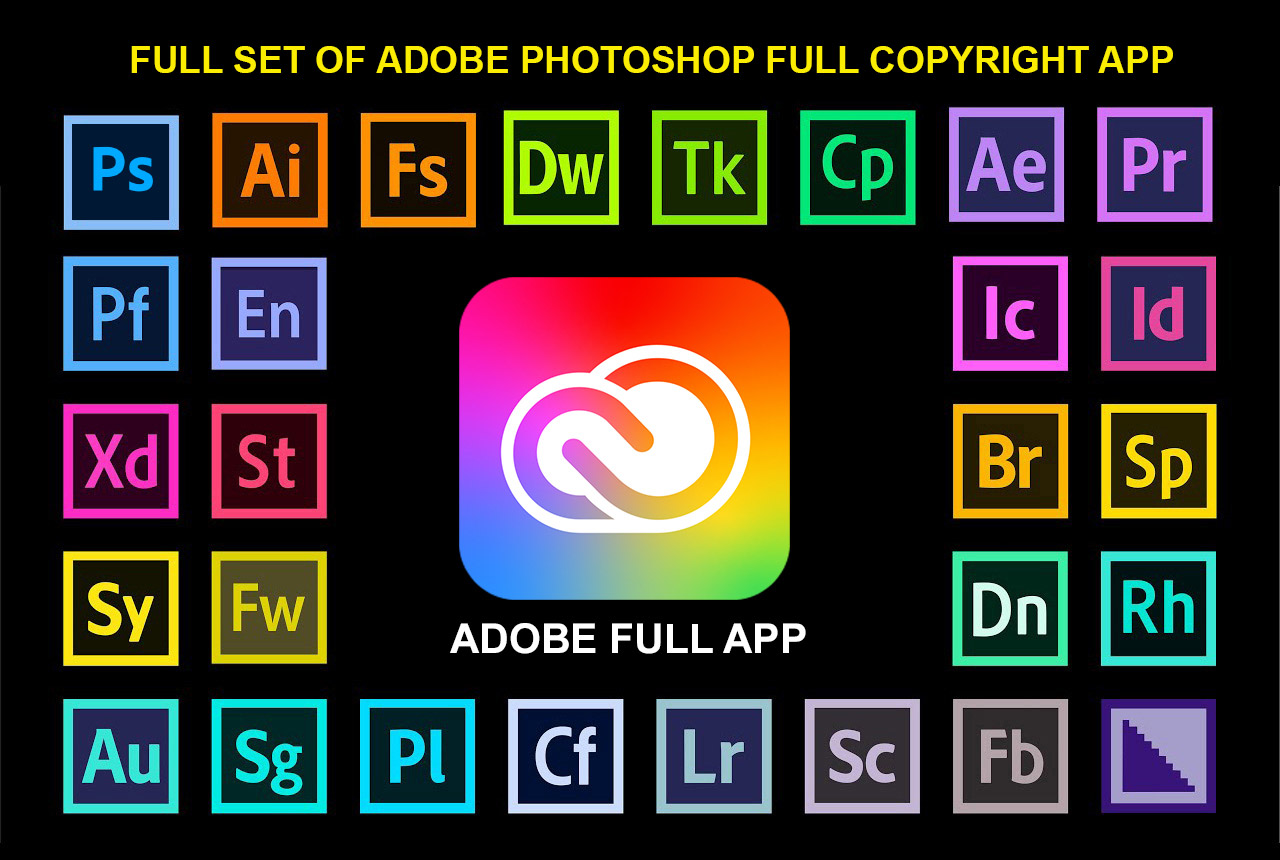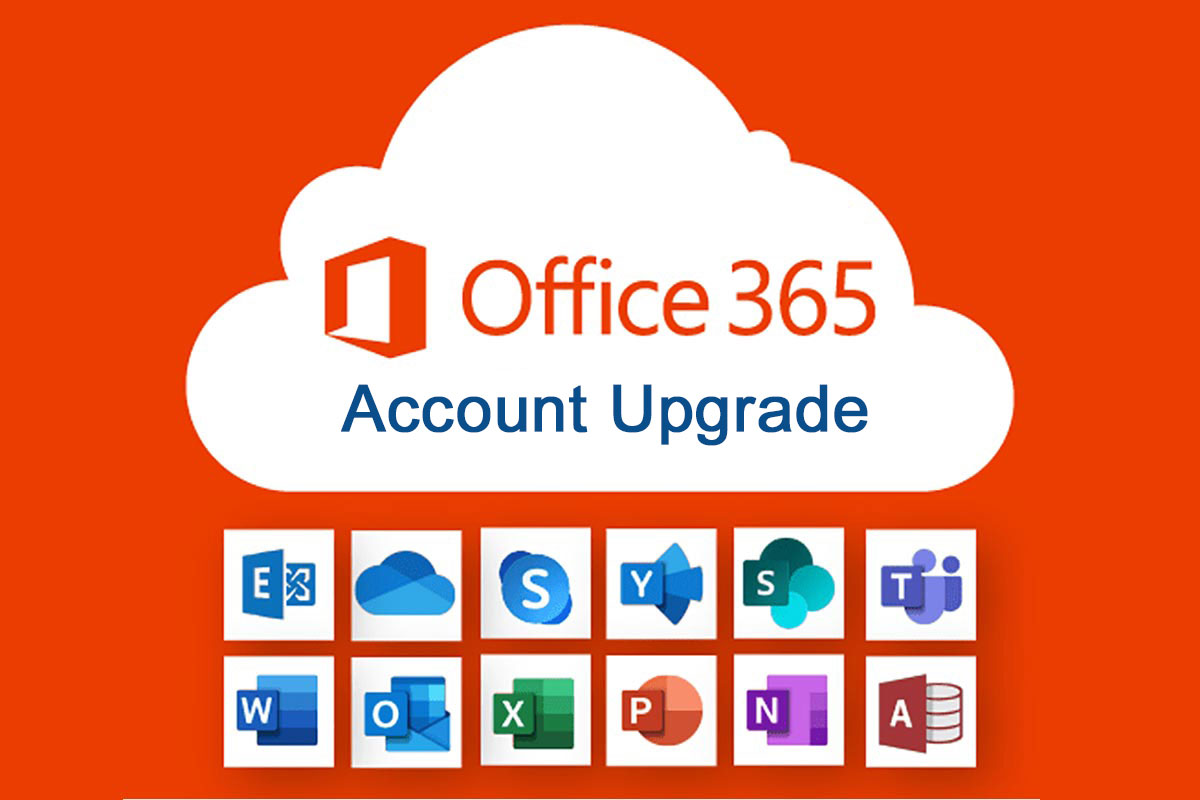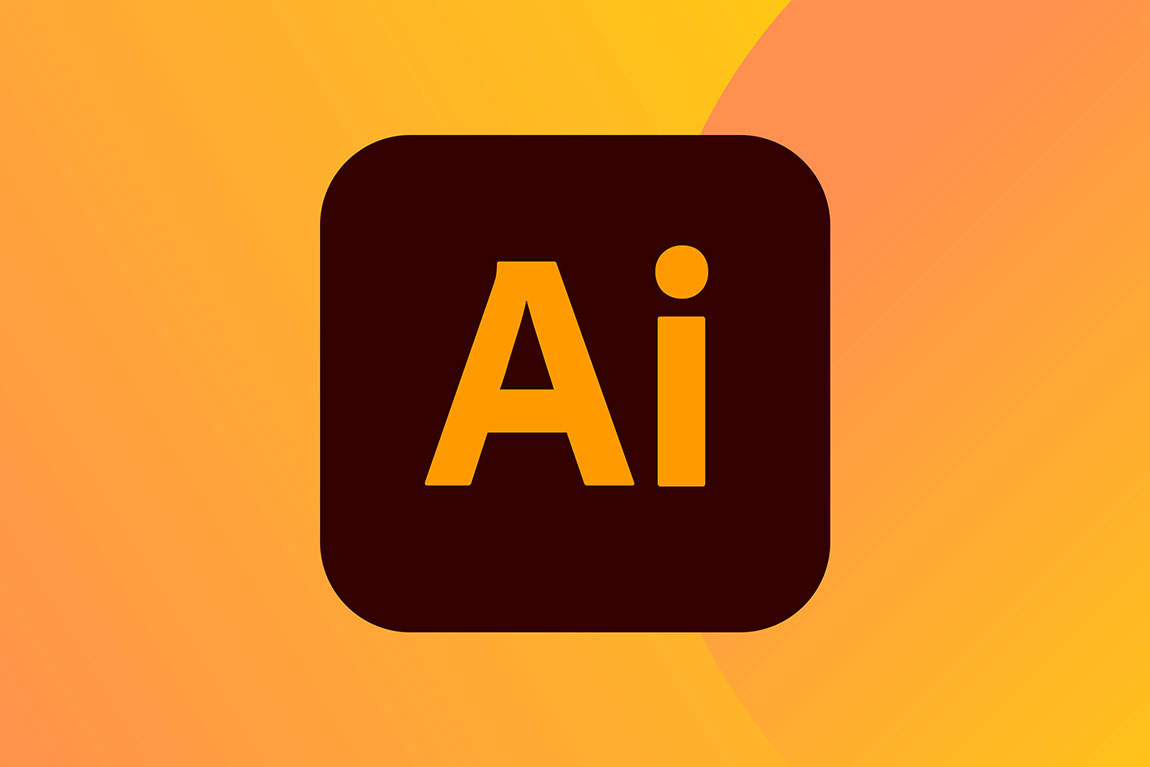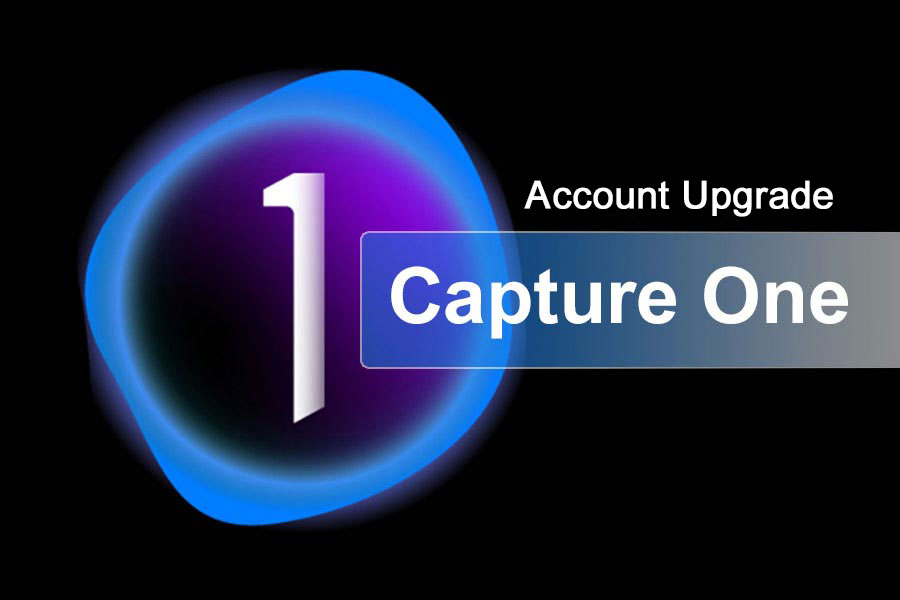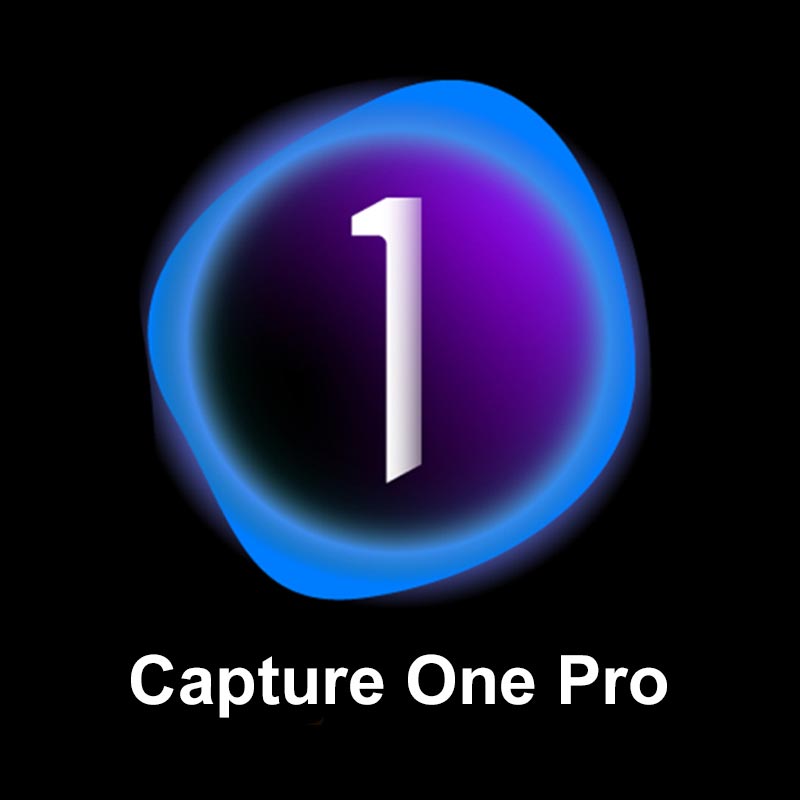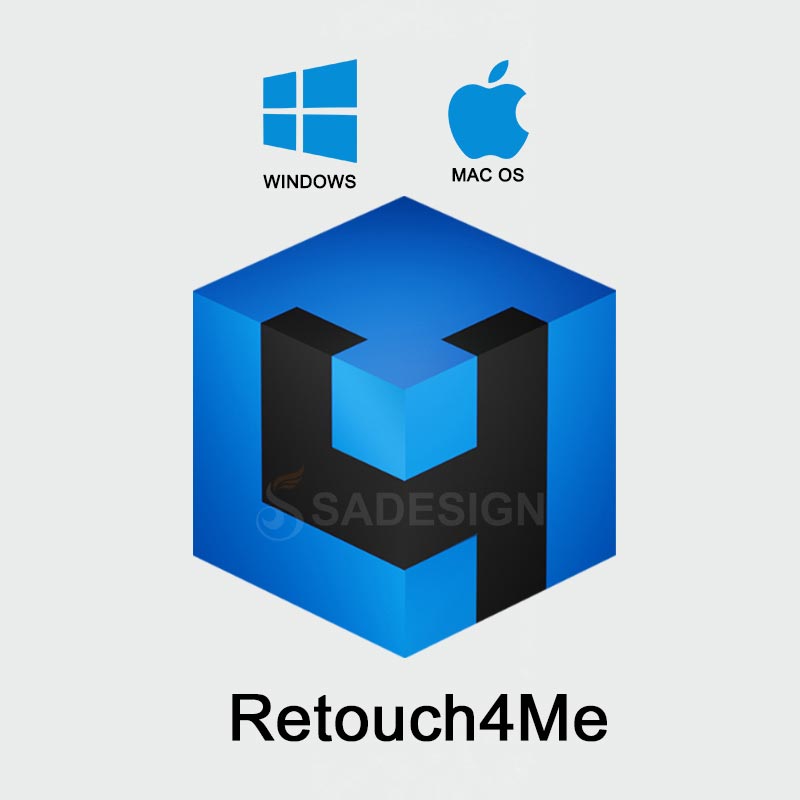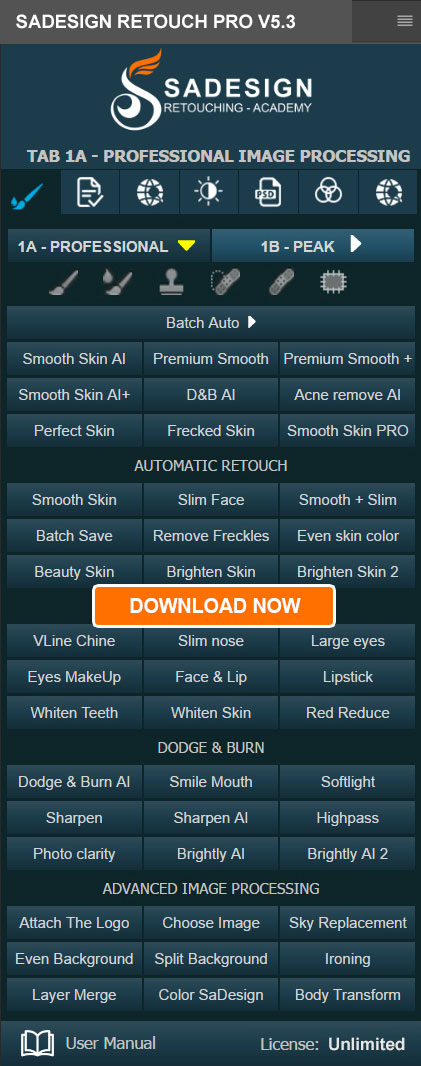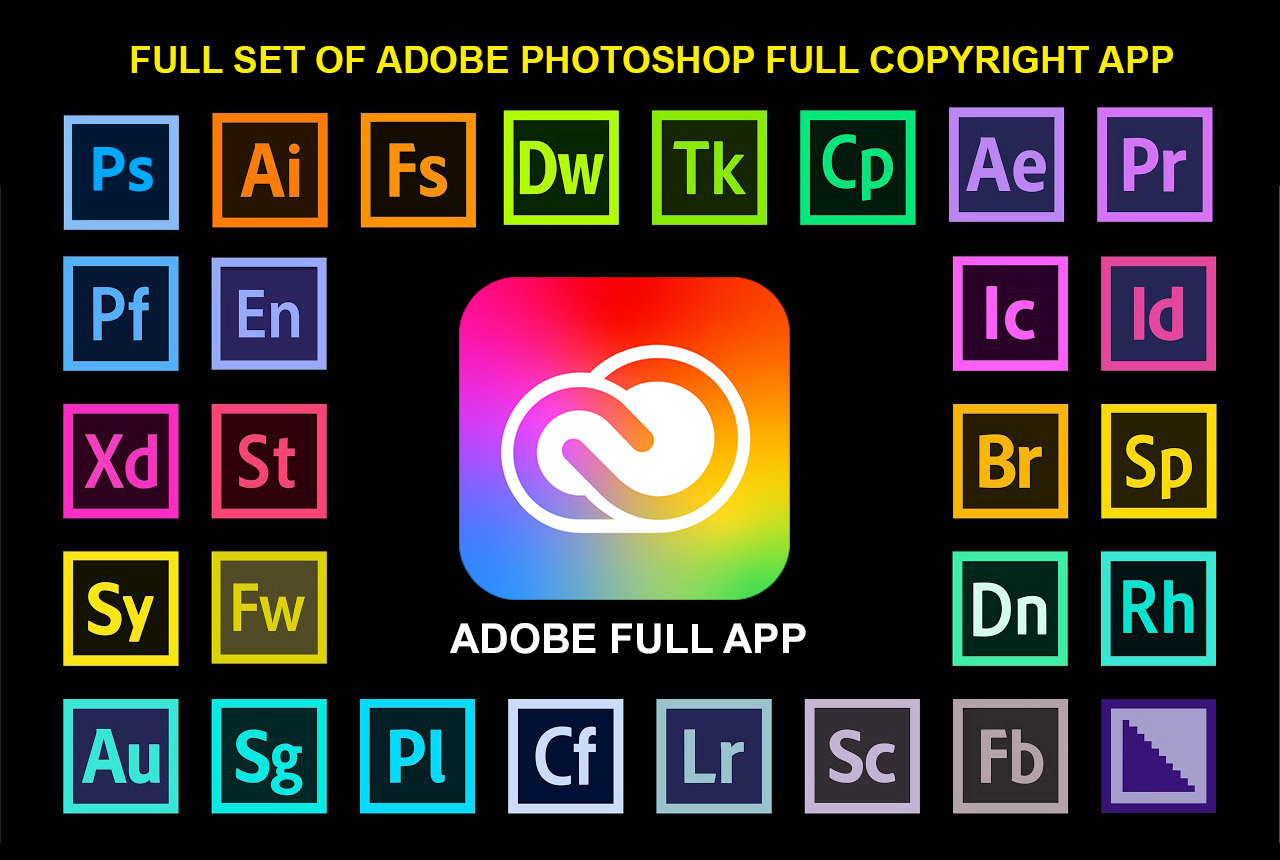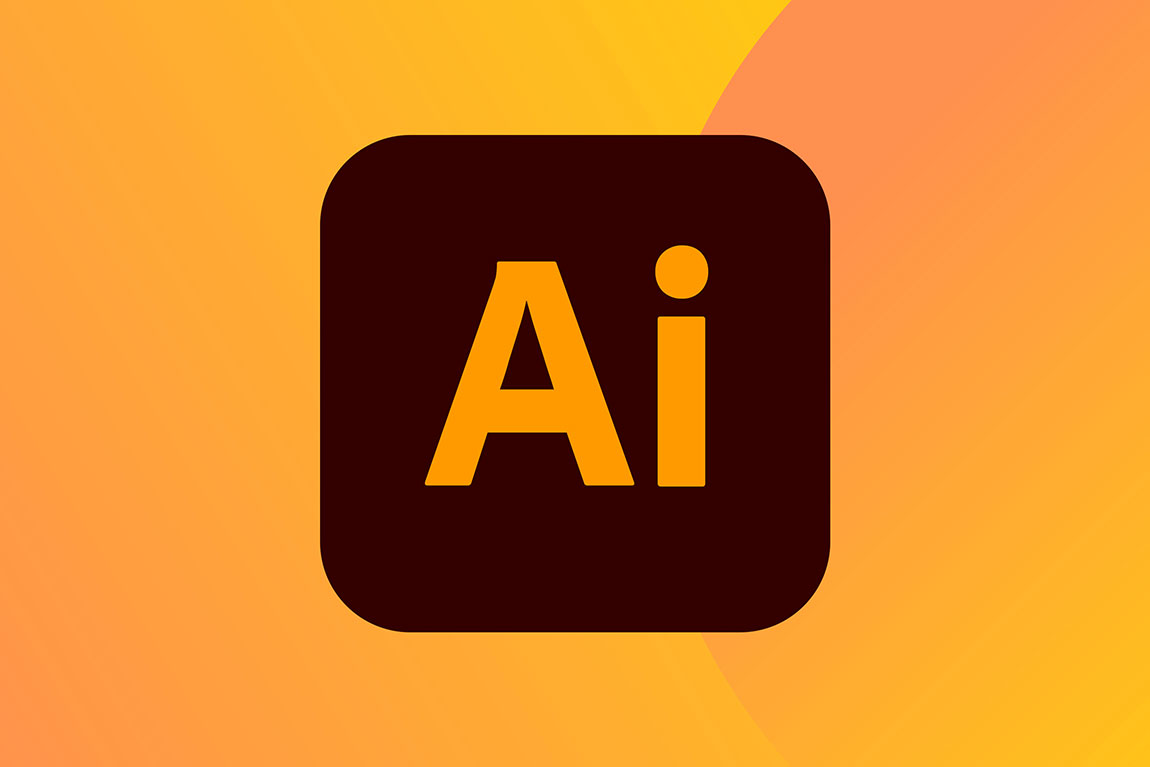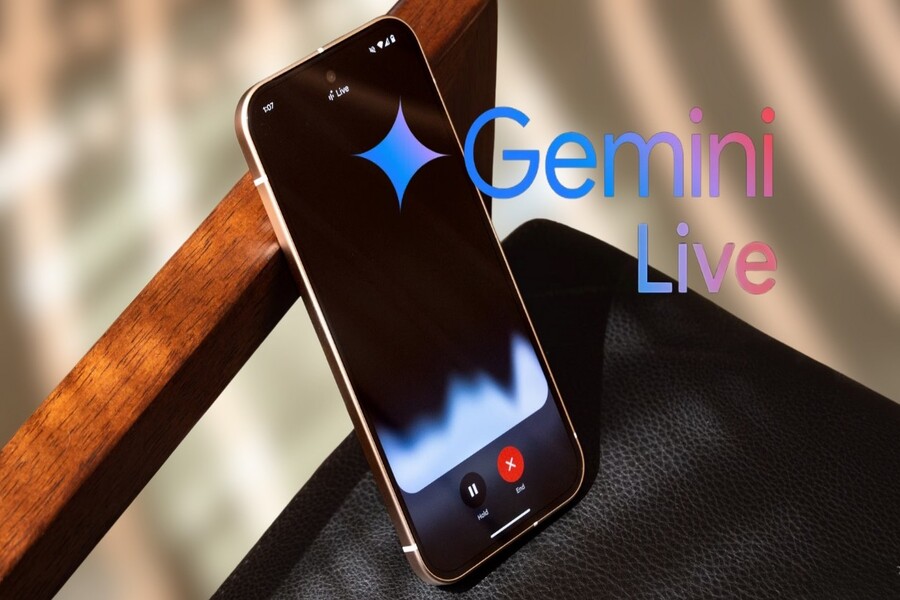Best Selling Products
Should I use a phone charger to charge my laptop?
Nội dung
With the global trend towards standardizing charging ports, especially USB-C, many people have asked the question: Can a USB-C phone charger be used to charge a laptop?
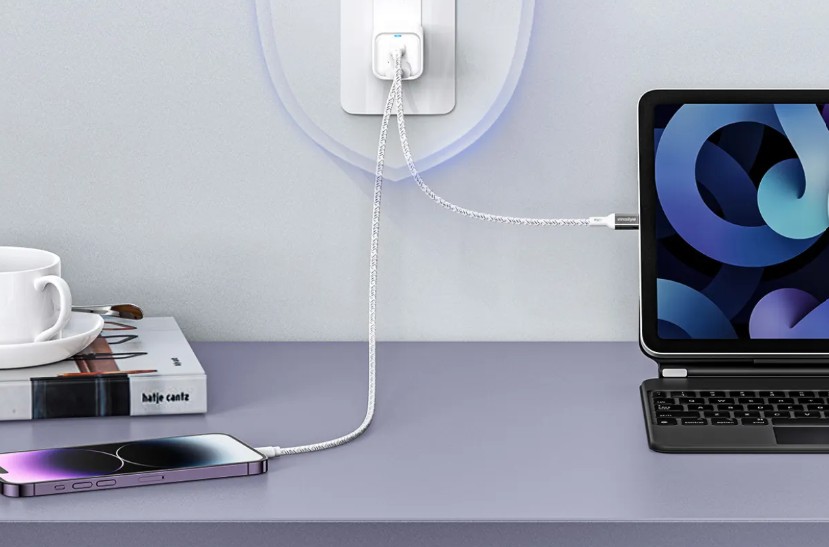
In today’s technological age, owning multiple electronic devices such as smartphones, tablets, and laptops is not uncommon. However, this also means that we have to face a common problem: dealing with a series of different chargers. A messy desk because of tangled charging cables, a heavier backpack because of having to carry multiple adapters, these are situations that almost everyone has experienced. So if there was a way to help us simplify everything, just need a single charger for all devices, how convenient life would be.
With the global trend towards standardizing charging ports, especially USB-C, many people have asked the question: Can a USB-C phone charger be used to charge a laptop? This is not only a practical question, but also a matter of safety and device longevity. In this article, we will analyze every aspect of the issue in detail, from how USB-C works, compatibility, power requirements to important considerations when choosing the right charger.
1. Why is the need to share chargers increasing?
Owning multiple technological devices is an inevitable trend of the digital age. A person can use a phone, tablet, wireless headphones, smart watch and laptop at the same time. Each device requires a separate charger, which is inconvenient when traveling. Not only that, the production of too many types of chargers also causes a huge amount of electronic waste, negatively affecting the environment.
Therefore, international organizations and manufacturers have been promoting the standardization of charging ports. The European Union (EU) has issued regulations requiring all smartphones sold in this market to use USB-C ports from 2024. This not only makes it more convenient for users but also helps reduce environmental impact. Laptops are also gradually switching to USB-C ports, especially ultra-thin, fashionable models such as MacBook, Dell XPS or Lenovo ThinkPad.
Unifying charging standards opens up the ideal scenario: just one charger for every device. However, the question is whether this is actually technically feasible.
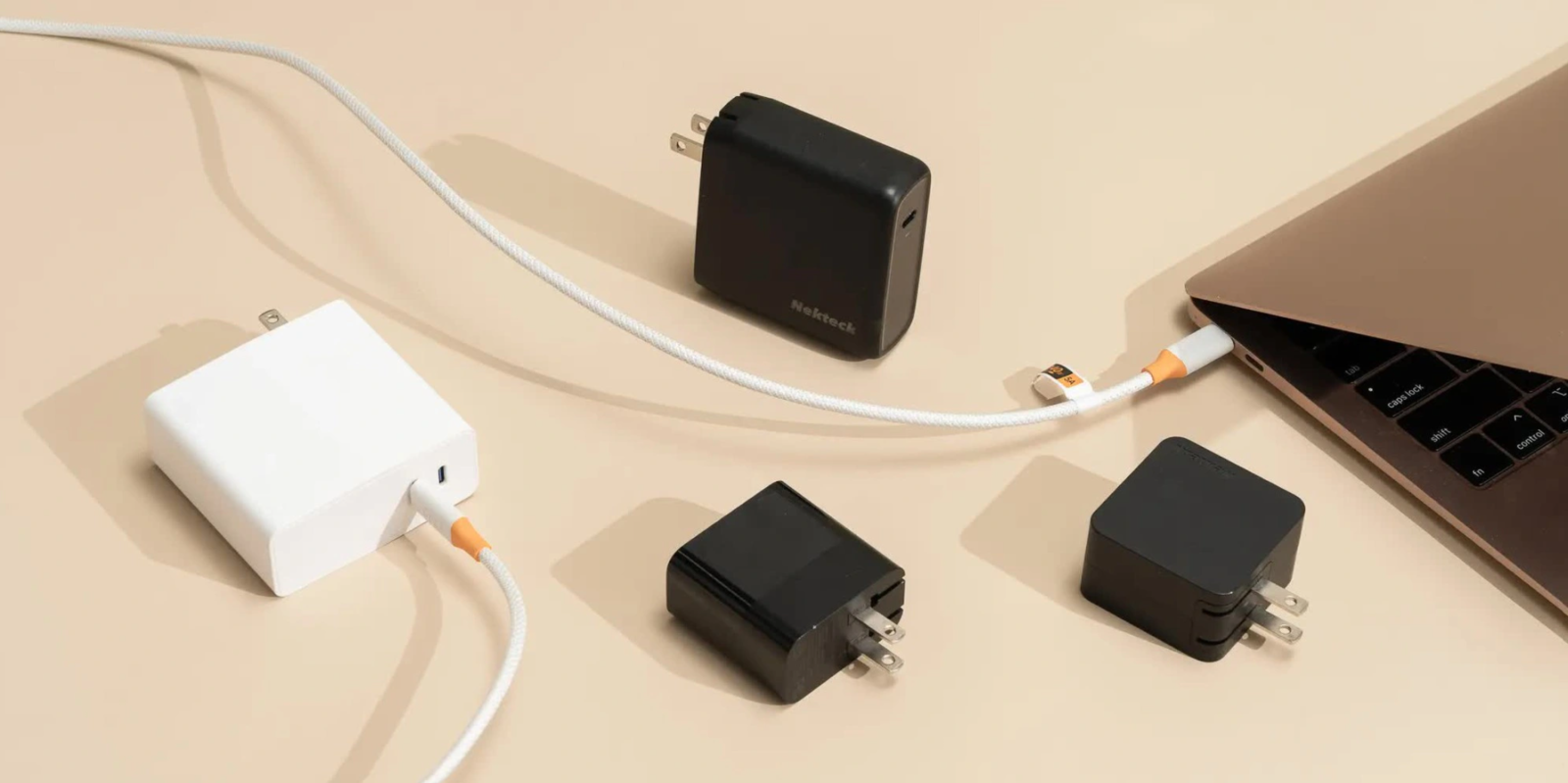
The answer is Yes, you can use your phone charger to charge your laptop, but it is not always safe.
In theory, if your phone charger has a USB-C port and meets the power requirements, you can absolutely use it to charge your laptop. The first prerequisite is that your laptop must support charging via USB-C. This is an important factor because many laptops, especially gaming or workstation models, still use a separate charging port to meet high power needs.
USB-C has a huge advantage over traditional charging ports, not only in compatibility but also in its ability to transfer high power. While older USB-A ports can only deliver 2.5W to 4.5W, USB-C supports up to 240W of power thanks to the USB Power Delivery (PD) protocol. This is enough to charge most modern laptops.
However, not all phone chargers are designed to meet such high power requirements. Many chargers only support 15W of power, which is enough for smartphones, but cannot meet the minimum 45W, 65W or even 100W needs of many laptops. Therefore, if you try to plug your phone charger into your laptop, the device may not charge or only charge very slowly, even causing battery failure if used for a long time.
2. The “key” to using a common USB Power Delivery charger
As mentioned, the deciding factor in charging sharing is USB Power Delivery (PD). This is a standard fast charging protocol that allows voltage and current to be adjusted to suit each device. Thanks to PD, a USB-C cable and charger can deliver power from 5V, 9V, 15V to 20V with current from 1.5A to 5A, meeting a variety of power needs.
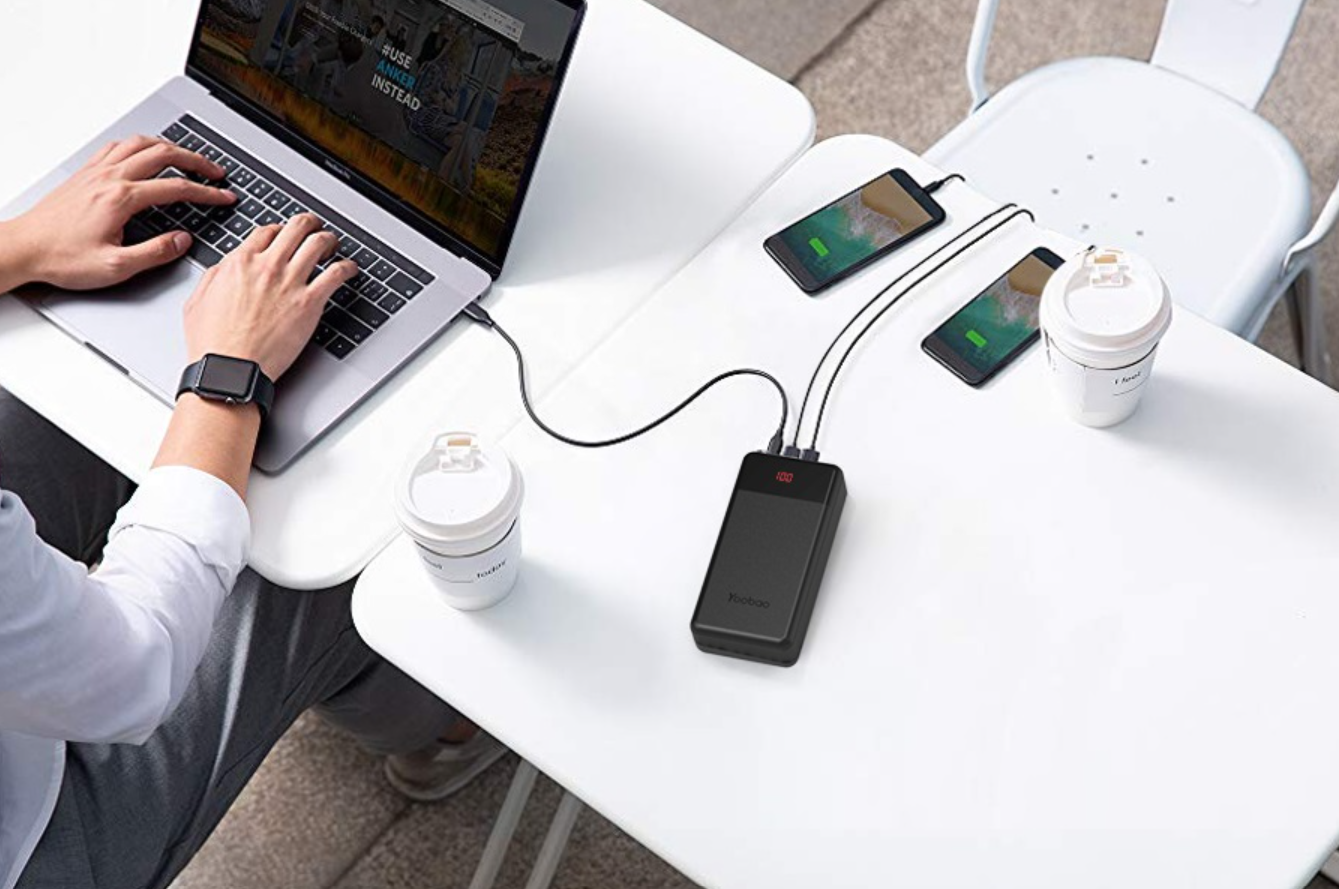
For example, a laptop that requires 65W usually needs a voltage of 20V and a current of 3.25A. A normal phone charger only supports 5V/3A (ie 15W), which is obviously not enough. But some high-end chargers such as 45W, 65W, 100W that support PD can be used for multiple devices.
The big plus of PD is its intelligence: it will automatically adjust the appropriate voltage level. If the same 65W PD charger is plugged into a phone, the voltage will only be 5V/3A; but when plugged into a laptop, it can switch to 20V/3.25A. This ensures safety for both devices.
3. How to choose the right phone charger to charge your laptop
To choose a phone charger that can safely charge your laptop, you need to keep in mind a few important factors.
First, determine the power requirements of your laptop. The original laptop adapter always has voltage (V) and current (A) specifications. For example: 20V – 3.25A. To calculate the power, simply multiply these two values: 20 x 3.25 = 65W. Thus, you need a charger that supports at least 65W to meet the needs of your device.
If you use a charger with a lower wattage, your laptop may not charge or charge very slowly. Some high-end laptops, especially gaming ones, may require 100W or more. In this case, using your phone charger is not feasible unless you have a very high-wattage multi-port charger.
Another important point is that not all USB-C cables are created equal. To transfer a lot of power, the cable needs to support the E-Mark standard, which is capable of handling high currents (up to 5A). If you use a poor quality cable, you risk overheating or even fire.
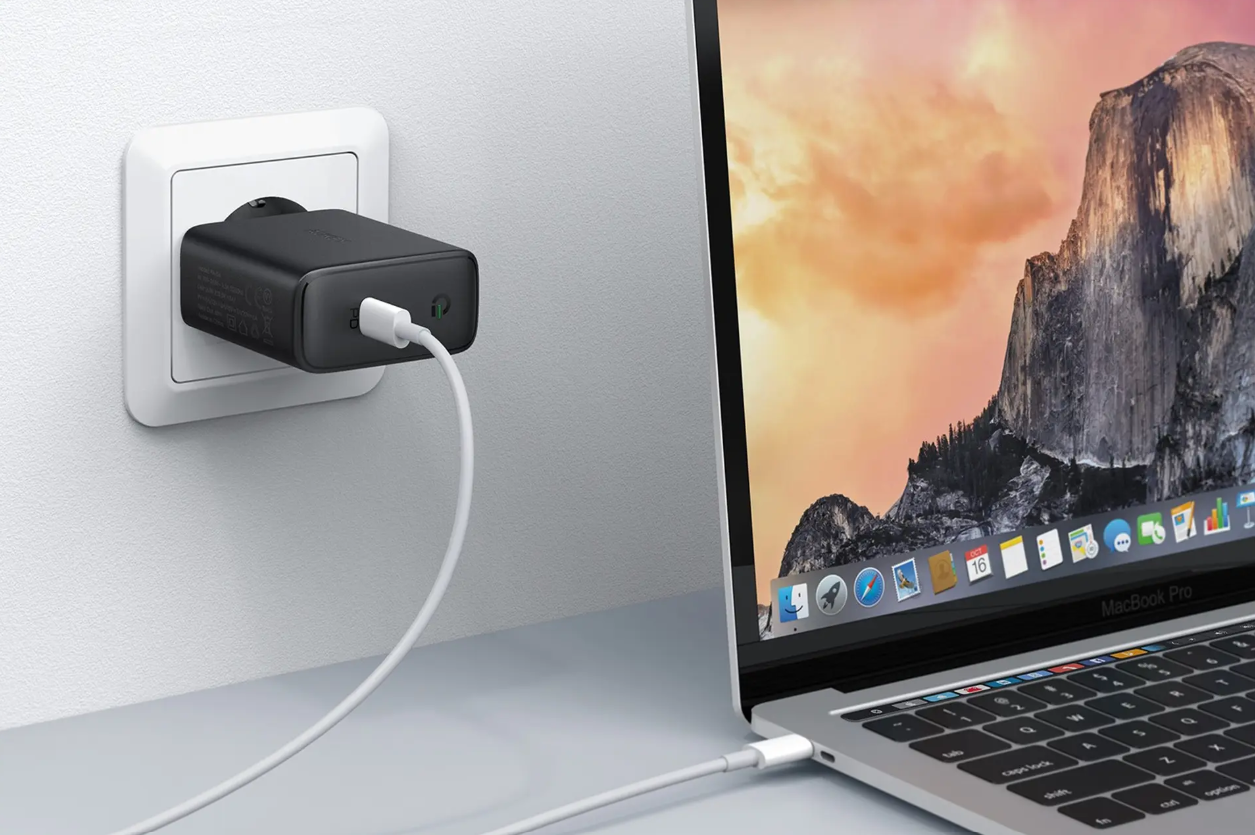
Also, be careful with multi-port chargers. Some chargers are 100W, but when multiple devices are plugged in at the same time, the power is split. For example, if you plug in a laptop and a phone at the same time, each device will only receive 45W or 65W instead of the full 100W.
4. When should and should not you share a charger?
Sharing a phone charger with your laptop is very convenient, especially for those who travel frequently. Instead of carrying multiple bulky chargers, you only need a 65W or 100W USB Power Delivery (PD) charger to charge your smartphone, tablet, and laptop at the same time. This saves space, reduces luggage weight, and simplifies accessory management.
However, this method is not always suitable. In situations that require high performance such as 3D graphics processing, video rendering, heavy programming or gaming, the laptop will consume more power than usual. If the phone charger does not provide enough power, the battery may drain even when plugged in. This not only interrupts work but also reduces performance and battery life in the long run. Therefore, in cases where the device is operating at full capacity, using the original charger that comes with the device is still the safest and most optimal choice.
In addition, another important factor is the quality of the charger. Users should absolutely not use floating chargers of unknown origin or cheap price. Poor quality products often do not meet safety standards, which can cause serious risks such as fire, overheating, battery damage or even damage to the laptop's circuit board. To ensure safety, you should prioritize using genuine chargers or chargers from reputable brands, and combine them with PD-standard USB-C cables with appropriate capacity.
In short, sharing a phone charger with a laptop is very useful when you only perform light tasks such as surfing the web, doing office work or needing temporary charging while traveling. But for heavy needs or when requiring stable performance, use the original charger to ensure sufficient and safe power for your device.
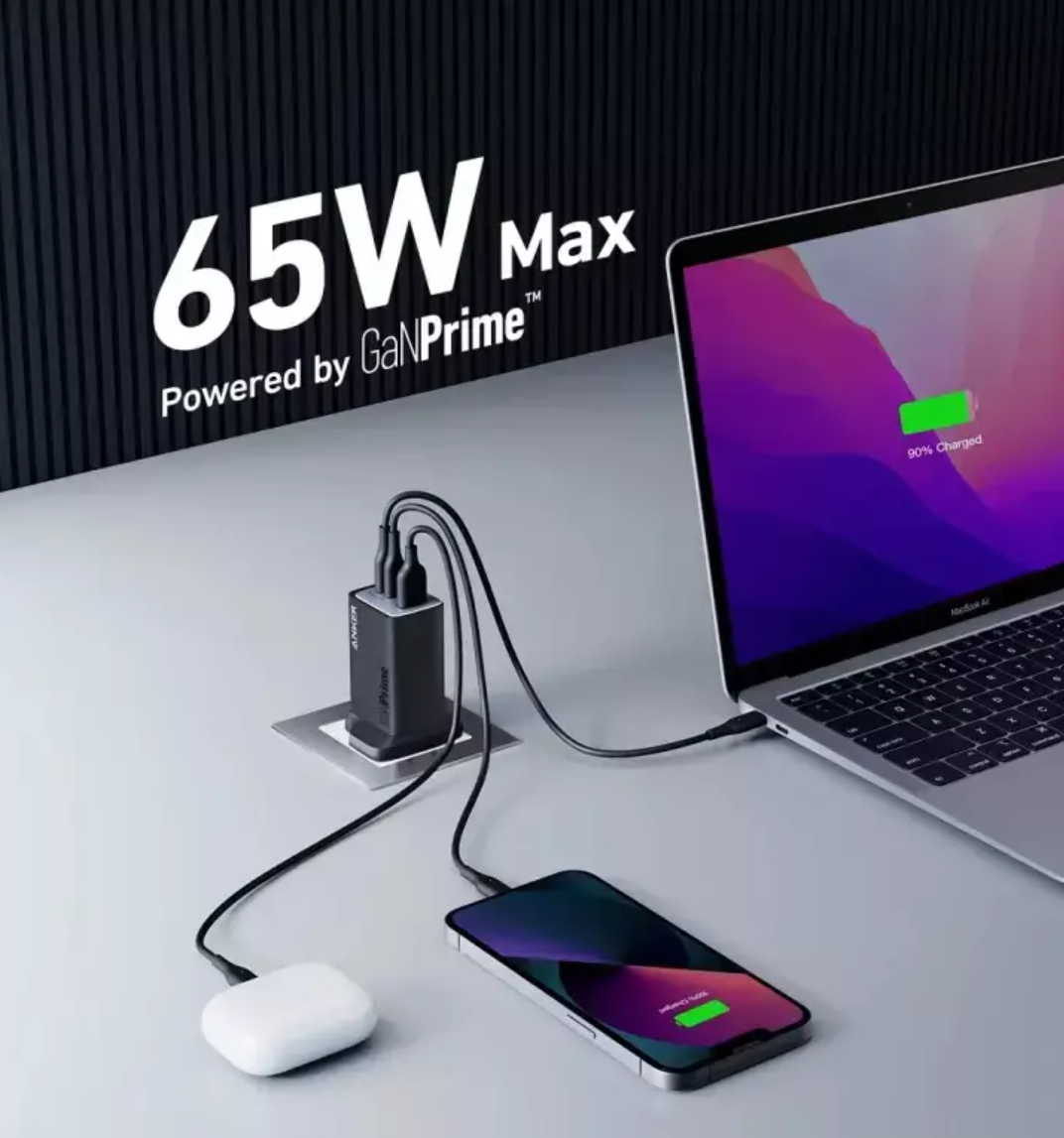
5. Future trend: One charger for all
In the future, the prospect of “one charger for all” is completely feasible. USB-C PD 3.1 now supports up to 240W of power, enough for most laptops, including high-end gaming machines. Manufacturers are gradually moving to USB-C charging ports as a common standard.
Apple, one of the brands that is famous for its conservative MagSafe charging standard, has also brought USB-C to the iPhone 15 at the request of the EU. This further strengthens the trend of standardizing charging ports globally.
In a few years, we may no longer need to carry multiple chargers. A compact 100W – 140W charger can meet all needs: from phones, tablets, laptops, and even some other peripherals. This is both cost-saving and environmentally friendly.
6. Conclusion
The answer to the question “Can I use my phone charger to charge my laptop?” is yes, but with some conditions. Your laptop must support USB-C charging, the charger must have a USB-C port, support USB Power Delivery, and meet the required power requirements.
Sharing a charger brings many benefits in terms of convenience and economy, but you also need to be careful to ensure the safety of your devices. If you understand the above principles, you can completely "free" your backpack from cumbersome charging cables and enjoy a more convenient technological life.
With the USB-C standard becoming a global trend, using a single charger for all devices is no longer a distant dream, but will soon become a reality in the near future. This is a big step forward, not only in user experience but also in efforts to protect the environment and optimize technology.
